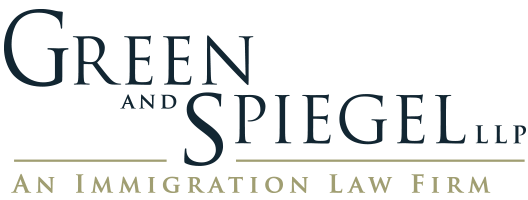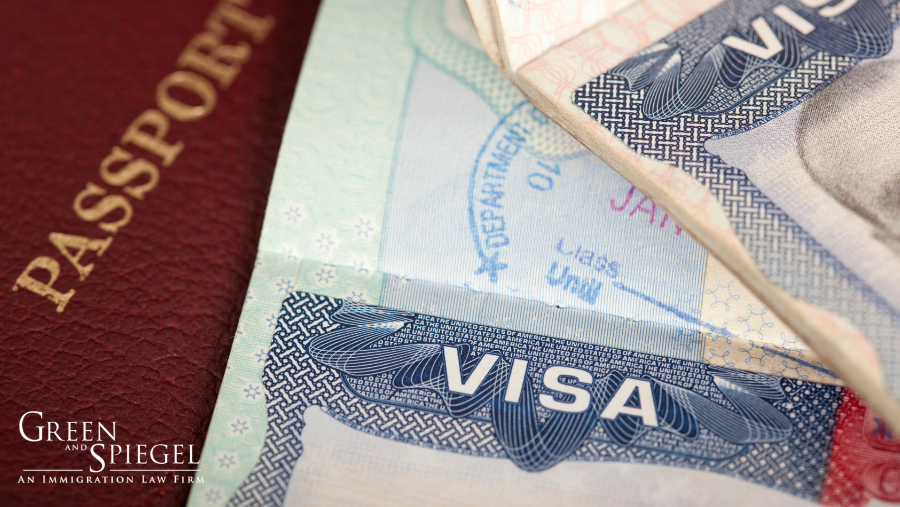Summary:
The quarantine is creating havoc in the restaurant industry. Many places temporarily closed, others went to curbside pickup or delivery, and some have thrown in the towel. Those which switched to takeout during the quarantine may be off more than fifty percent, while some businesses accustomed to delivery already have seen an uptick in business. However, this chaos presents an opportunity to get restaurant management in better order.
Form I-9s are a great place to start because so many employees are laid off.
The bottom line is that restaurants employed more than seven million undocumented immigrants before the pandemic and about 10% of all restaurant employees weren’t authorized to work in the U.S. Employing unauthorized workers presents serious liabilities, but the labor market is likely to be more employer friendly coming out of the pandemic. Now is the time to get the house in order, to shed workers who are not allowed to work in the U.S. and find ways of hiring those which are.
Employing Unauthorized Workers Is a Serious Liability:
Employing unauthorized workers creates significant liabilities because employing them is illegal. This undermines much of the labor law on which businesses rely and has profound impact on insurance, Workers’ Compensation, equal employment, and compliance. The injured unauthorized worker often has few options other than lawsuits and federal and state government employ whole divisions, specifically focused on uncovering and addressing the problems caused by unauthorized workers.
Among the most significant issues is that the restaurant industry often employs unauthorized workers in critical areas. If the government finds out, the business has no alternative but to terminate their employment immediately. There is no grace period to find replacement workers, so staffing a kitchen with people not allowed to work in the U.S. creates a massive liability. There are fines, often ranging into the $50,000 to $80,000 mark for a ten- to twenty-person business…but the more serious risk is that restaurants might be suddenly without anyone to cook.
What Does the Law Require?
U.S. employers must execute a Form I-9, Employment Eligibility Verification (Form I-9) within three days of hiring someone. The form documents the employee’s claim that they are allowed to work and records the documents presented to show that authorization. Businesses recruit and hire in whatever way suits them best but, during the onboarding, they must properly execute a Form I-9 on the employee.
How Are We Supposed to Know Who Is Allowed to Work and Who Isn’t?
The short answer is, “we aren’t.” Employers are subject to a Reasonableness Standard which requires that the documents “reasonably appear to be genuine and relate to the person presenting them.” The federal government conducts Form I-9 audits through Immigration and Customs Enforcement (ICE) and will apply that Reasonableness Standard in their work.
What If We Don’t Have Form I-9s or If We Know They Are a Mess?
In my experience, it isn’t uncommon to not have Form I-9s or for compliance to be spotty. There are a lot of reasons, but the most common is that businesses grow organically. They begin with just a few people, working hard on their core business. Administrative tasks are focused on immediate concerns like inventory, licenses, and taxes. As the business grows, those administrative areas are strengthened because they need to be. It is a critical, day-to-day concern. It is easy for onboarding to get lost in the shuffle, particularly since Form I-9s aren’t submitted anywhere unless there is an audit.
There is good news here: Companies can self-audit and correct Form I-9s. The best time to do so is before a state or federal agent comes calling, since the costs of getting Form I-9s under control is a fraction of the fines and penalties. More importantly, being proactive takes control of the situation and makes employment decisions at a time and in a way most advantageous to the employer.
OK, What Should We Do Then?
The most important thing is to take an hour and go through the Form I-9s in the company’s possession:
- Are they complete, signed, and dated?
- Do we have one for every person employed?
- Who is authorized to complete the forms for the company?
- Have they had any training?
- Is a printed copy of the handbook available to the person completing the form?
- Are the forms stored together, in one place?
- Are the forms kept for the right amount of time?
These things can be fixed. The key is to act deliberately.
Why Should I Do this Now?
This is going to be a disruptive process.
Whether a company reverifies its workforce due to government order, during an audit, or proactively, doing so will disrupt operations and some companies are better positioned to handle a disruption now than they ever will be. There are likely to be more workers looking for jobs this year than at any time in recent years and that gives employers an opportunity to replace unauthorized workers. In many cases, the workers are already laid off and administrative changes will be invisible to them, permitting employers to simply not rehire the unauthorized workers, rather than going through the pain of termination. Finally, there are morale and reputation consequences to employing and terminating unauthorized workers and the quarantine provides a business necessity that may offset those costs.
Is this Something I Can Fix Myself?
In some cases, the answer is yes. United States Citizenship and Immigration Services (USCIS) provides support and the federal government office which oversees the Form I-9 (“I-9 Central”) is really quite good. Just be aware that only perfect compliance avoids liability.
My experience has been that most companies benefit from some training, examples, and support. There are tried and true ways of bringing a workforce into Form I-9 compliance and important legal mechanisms for documenting the transition. A little investment on the front end can save significant time and money on the back end.
What Will it Cost Me to Get Some Help?
The costs of acting proactively will be far less than responding to an audit will be.
The alternative is costly: Legal fees for responding to an audit average around $8,000 for a company with 20 employees. On top of that, the fines and penalties may well be north of $50,000. Add on top of that the business disruption of abruptly losing every unauthorized worker and an audit can be ruinous to a restaurant.
A proactive audit of a 20-person company, training, and follow-up support, can cost around $5,000.
Conclusion:
Some restaurants are busier than ever, but many are experiencing a downturn with few working hours available to their staff. That presents a perfect opportunity to take a look at administration since many successful restaurants struggle to put in place and maintain good management systems during full operation. Among the critical things to look at is Form I-9 compliance and, if issues are discovered, there may never be a better time to take action.
Our Services:
My compliance and enforcement practice is perfectly positioned to help. We have the experience and capacity to serve client compliance interests well. If your company wants help with such matters, please contact our compliance and regulatory enforcement team at Green and Spiegel U.S.. You can also call or text me directly at 484-645-4194 or email me at dspaulding@gands-us.com.
DISCLAIMER: Please note, nothing I post here is legal advice, nor does reading anything I write or communicating with me on or through social media form an attorney/client relationship between us. Choosing an attorney is a serious matter and should not be based solely or primarily on advertising or any other public communication of an attorney or law firm.




